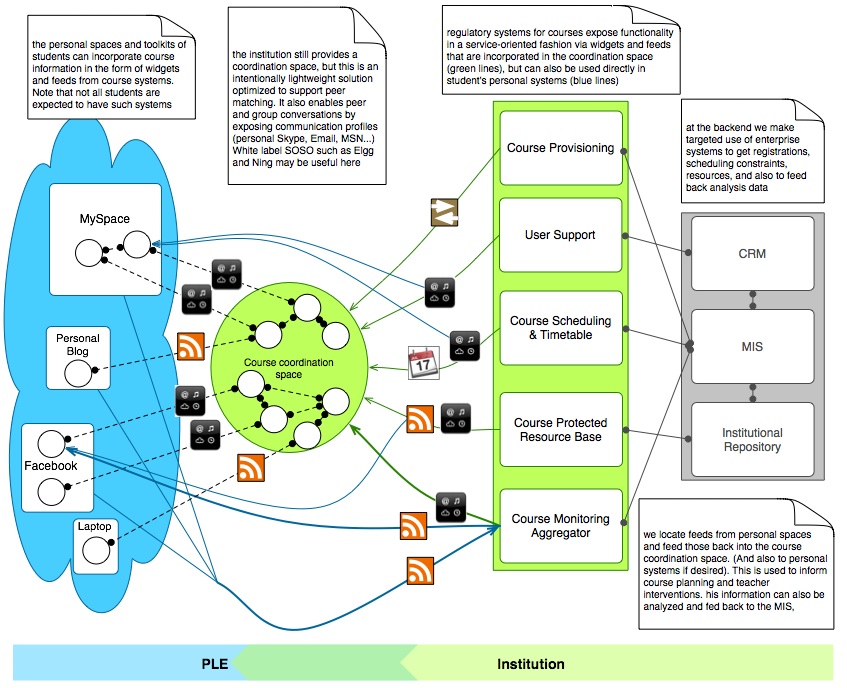Learning about e-Portfolios
It is a long time since I have featured the MOSEP project on this blog. MOSEP is a European Commission funded project, developing and testing materials and programmes for teachers learning about the development and implementation of e-Portfolios. European projects are not always easy. For readers from outside Europe, they typically involve a partnership of five or more organisations from different countries who work toegther over a period of two years to research and develop innovative approaches in education and training. Developing a common understanding and approach is difficult, especially given that fuinding only allows five or so face to face meetings in the period of the project. Co-ordination can be a problem. And of course we have to overcome langauge barriers.
MOSEP is a very good project – not least due to the excellent coordination by Wolf Hilzensauer from Salzburg Research. In the first year of the project we wrote a handbook – Grab your future with an e-Portfolio. The handbook can be downloaded in PDF from the link above and there is now a printed copy which can be obtained from Salzburg Research. We have also developed on-line learning materials on the MOSEP wiki. The materials have been designed to be used flexibly – users are free to remix to suit particualr needs and contexts. And Salzburg Research has worked closely with the Mahara project who are developing an Open Source e-Portfolio product.
At present the project is piloting the MOSEP ‘course’ in different contexts and countries. Yesterday John Pallister ran the programme for tecahers at Wolsingham School in the north of England. On his blog John says: “I felt that the course concept was understood and well received. A lot of work still needs to be done with the wiki.
I have begun to think that if other trainers used the same approach, creating sequences of activities for a specific training purpose, and save them as ‘courses’ – the wiki, as a resource will grow.”
I know for many of the people who read Wales Wide Web introducing e-Portfolios and developing learning materials on a wiki will be nothing new. But for me this project is particularly satisfying – we are moving the use of Web 2 tools for learning outside the Edubloggers circle and into the mainstream of education and training and that can only be for the good.

